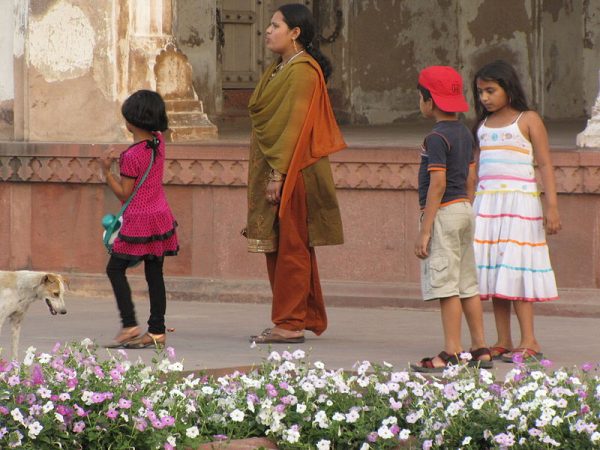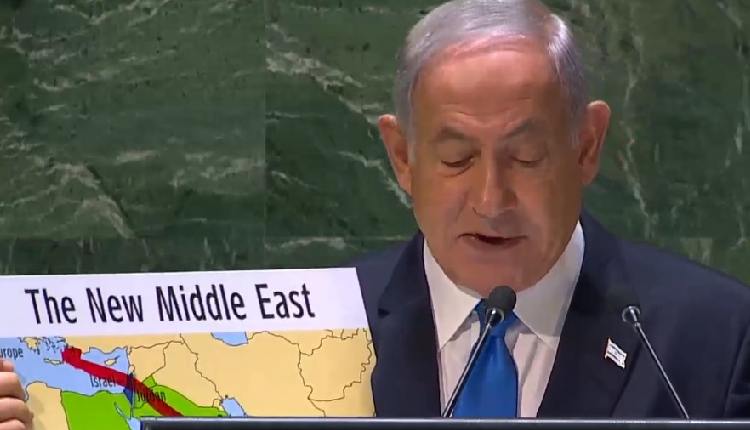
The fertility rate among Muslims has dropped by nearly half since 1993, according to the latest National Family Health Survey.
When the Bharatiya Janata Party (BJP)-led government’s health ministry released the findings of the National Family Health Survey (NFHS 5) this month, it raised several eyebrows. The data showed that the Muslim fertility rate has registered the sharpest decline over the past 20 years as compared to that of other religious groups, including Hindus.
The fertility rate among Muslims has dropped to 2.3 in 2019-20 from a high of 4.4 in 1992-93. Fertility rate is the average number of children born to a woman in her lifetime. This recently released data exposes the lies popularly peddled by Hindutva propaganda that the Muslim population in India will exceed that of the majority Hindus and that Muslims have more kids than Hindus.
Earlier this month, Yati Narsinghanand, a radical Hindu priest, called upon Hindus to give birth to more children. “Otherwise they [Hindus] will be swamped by the Muslims by 2029,” he said, adding that there is a “real possibility that by 2029 India would have a Muslim prime minister and states would have Muslim chief ministers.”
Former Chief Election Commissioner Dr S.Y. Quraishi has rubbished these claims in his recent book “The Population Myth: Islam, Family Planning and Politics in India.” Speaking to The Diplomat, Quraishi pointed out that “Anti-Muslim rhetoric gives the impression that the fertility rate of Muslims is highly disproportionate. But the NFHS-5 has incontrovertibly disproved that.” In fact, NFHS data shows that there is a 0.3 point gap between the fertility rate of Hindus and Muslims i.e. a difference of less than one child.
Diplomat Brief Weekly Newsletter N Get briefed on the story of the week, and developing stories to watch across the Asia-Pacific. Get the Newsletter
“Fertility rate does not depend on religion. It depends on factors like illiteracy of women, income, and delivery of health services,” Quraishi said. Since health services like family planning do not reach Muslim localities (often termed as ghettos), there is an “unmet need” of Muslims which contributes to their backwardness.
Enjoying this article? Click here to subscribe for full access. Just $5 a month.
As per the latest data, there are 966 million Hindus in the country, comprising 80 percent of the population while the 200-million strong Muslim population constitute 14 percent of the population.
Incidentally, NFHS data also shows that India’s Total Fertility Rate (TFR) has fallen to 2, which is a positive step towards combating the overpopulation problem.
While the Muslim fertility rate is 2.3, that of Hindus is 1.94; however, the decline in fertility rates over the past 20 years has been sharper in the case of the Muslims than of the Hindus. The false fear-mongering about Muslims outstripping Hindus in the country is part of the right-wing Hindutva propaganda to keep the pot of Muslim hate politics boiling.
In fact, Union Territories and states with a large proportion of Muslims, like Jammu and Kashmir (J&K), Assam and Kerala have fertility rates below the national average. J&K’s fertility rate is 1.4, far below the national TFR of 2. As The Telegraph highlights, quite discerningly, “Many in the (Kashmir) Valley partly attribute the 2019 constitutional changes made in Jammu and Kashmir to the right-wing’s demographic concerns, suggesting the idea was to pave the way for changing Kashmir’s Muslim-majority character.” Despite stiff resistance from local Kashmiris, the Narendra Modi-led central government abolished the special status of J&K in 2019 and divided it into two Union Territories.
Assam, where Muslims account for 40 percent of the population, has a fertility rate of 1.9. It is, therefore, no coincidence that its BJP Chief Minister Himanta Biswa Sarma attempted to rake up a controversy by defining Muslims as a “majority” community. Significantly, a large section of Muslims in this northeastern India state are Bengali-speaking Muslims. Sarma’s aim was to polarize the population along communal lines.
The decline in the Muslim fertility rate has, therefore, conclusively demolished Hindutva rhetoric that Muslims are polygamous and are contributing to the population explosion in India and upsetting the demographic balance.
“Falsehoods have been successfully disseminated and they need to be countered,” says Quraishi. “It is the responsibility of the government to dispel these false myths about Muslims,” he said.
But is the Modi government even listening?







